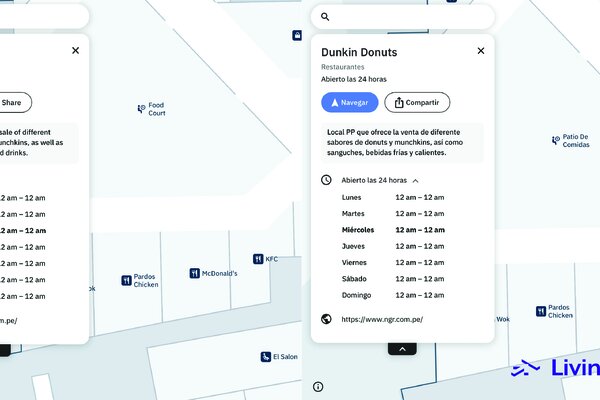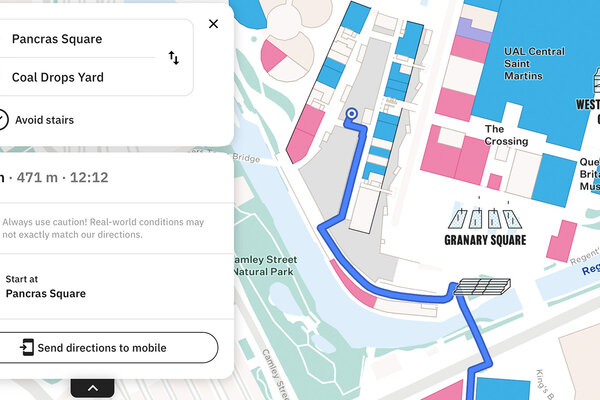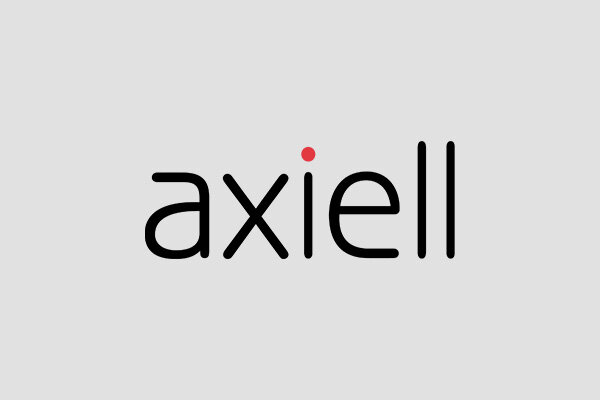Mapping a Greener Future: How leading businesses are using digital mapping to drive sustainability
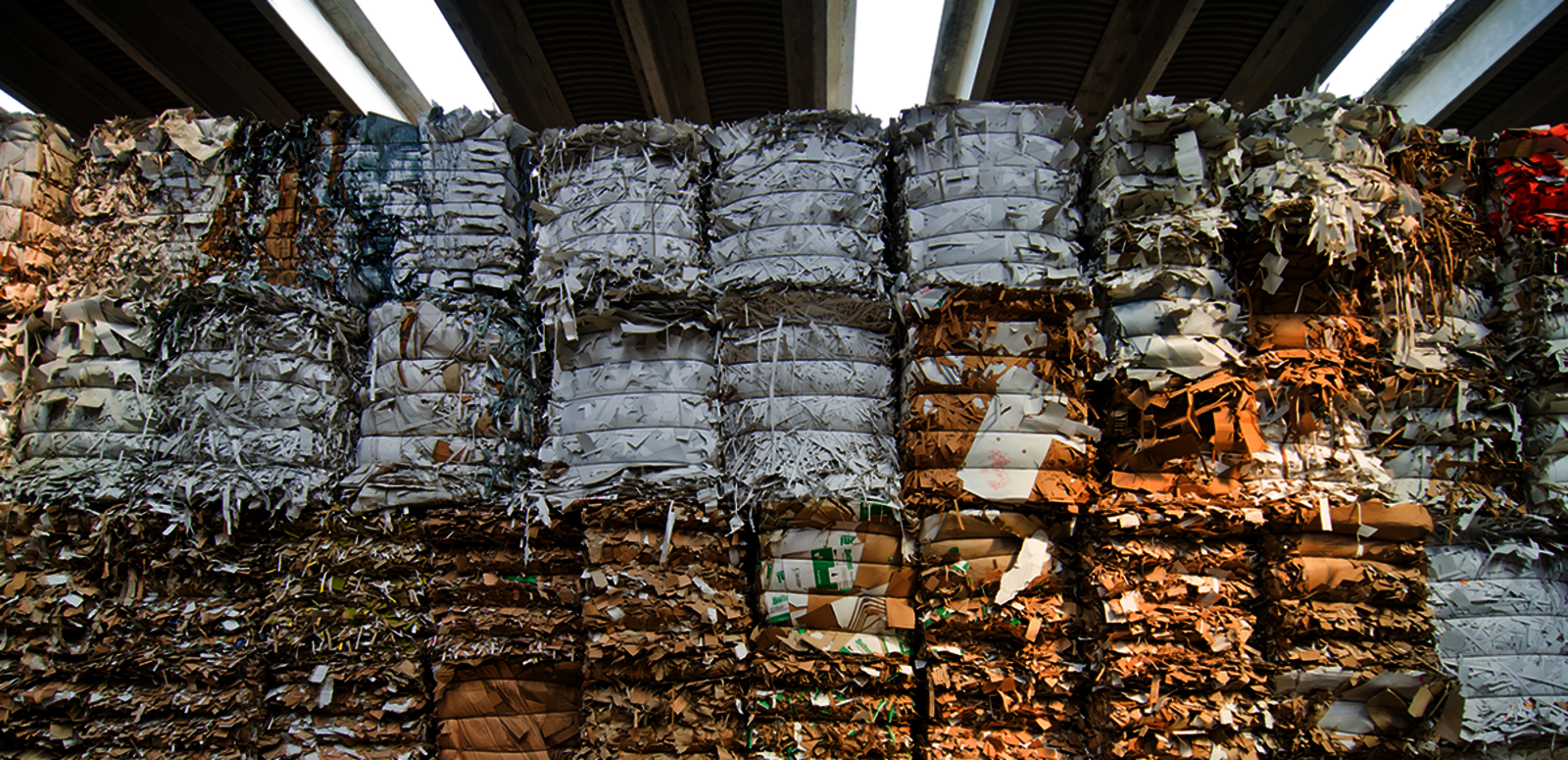
We’ve all been there, holding a beautifully printed paper map, trying to work out where we are and where we need to go, only to realise it’s already outdated. Maybe the café has moved, or a temporary closure has redirected foot traffic. Meanwhile, that printed guide, often laminated or designed for single use, has likely cost a tree or two and will end up in the bin by the end of the day.
In 2025, that just doesn’t make sense anymore. With over 94% of adults now using smartphones to access the internet and more than 63% of global web traffic coming from mobile devices, it’s clear that we rely on our phones for everything, from ordering food to finding directions. So why not rely on them for wayfinding too?
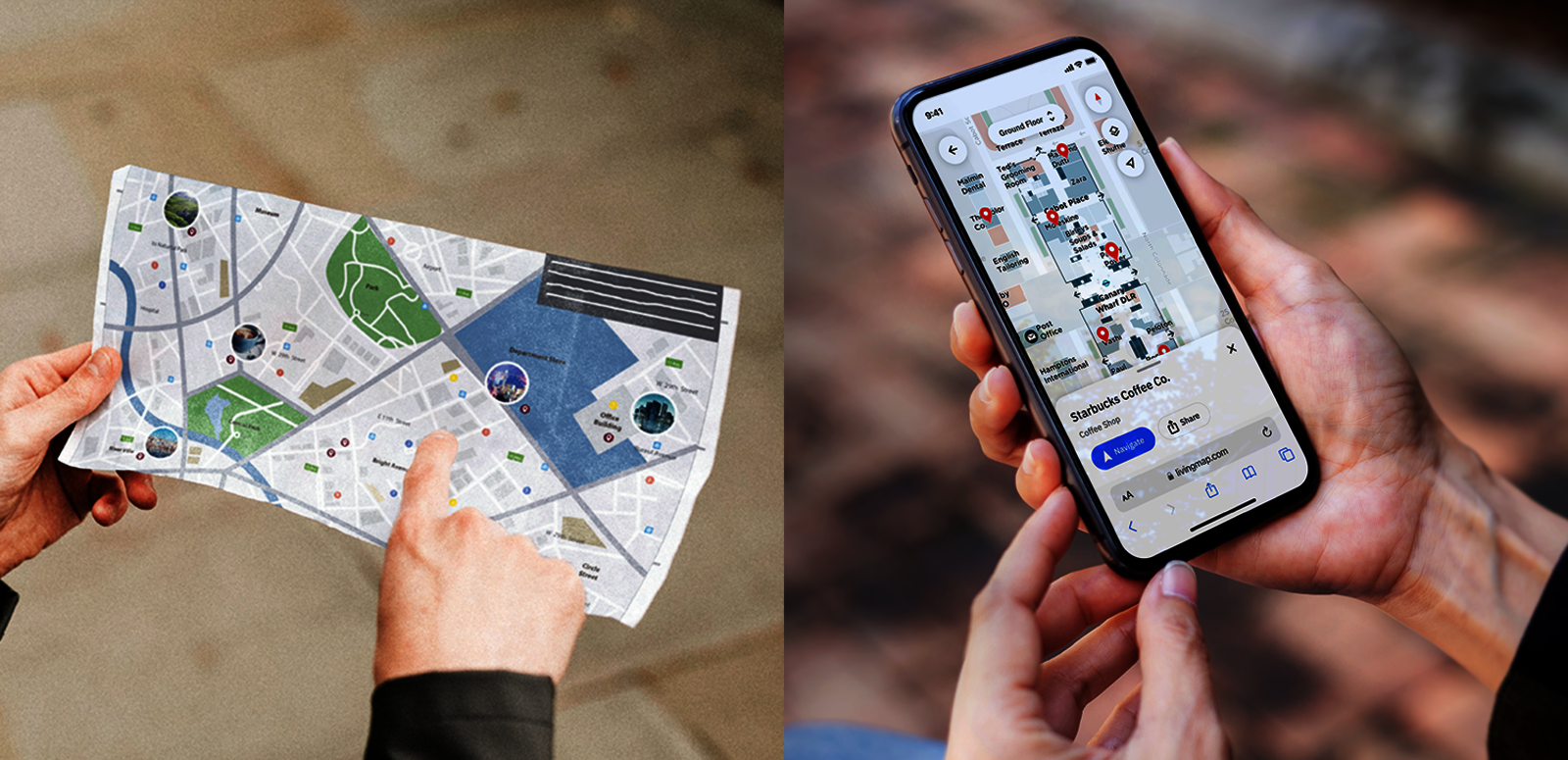
Digital mapping through platforms like Living Map allows organisations to ditch the paper altogether. A traditional paper map is static the moment it’s printed. A digital Living Map, on the other hand, is always current. You can update it in seconds, no ink, no printing costs, no waste. This not only reduces environmental impact but also supports modern business goals around efficiency, data integration, and customer experience.
The sustainability impact is far from trivial. According to industry insights, printed visitor maps and brochures in public venues contribute significantly to paper waste, often being discarded after a single use. Switching to digital dramatically cuts down on this consumption, supporting greener operations. This is especially relevant for destinations that are positioning themselves as eco-conscious or are targeting net-zero targets as part of broader ESG goals.
But going digital isn’t just about saving trees, it’s about creating smarter, more inclusive places. Accessibility is a key strength of digital wayfinding. With Living Map’s mobile-enabled tools, users with limited mobility can get step-free directions, international visitors can navigate in their own language, and visually impaired users can access voice-guided features. According to Cisco, digital wayfinding significantly improves inclusivity by offering tailored, real-time navigation based on user needs, something a paper map simply can’t do.
This is why forward-thinking organisations are already embracing the shift. From healthcare campuses and shopping centres to museums and transport hubs, digital maps are being used not just as a convenience but as a tool for change. They help people find their way more easily, support greener operations, and provide valuable data that can shape future planning. Some are even integrating advertising and real-time content, generating revenue from the same platform that reduces their environmental footprint.
At Living Map, we see this as more than just a trend, it’s a shift in mindset. When you put a smart, accessible, always-updated map into the palm of a visitor’s hand, you’re not just replacing paper. You’re enhancing experience, empowering independence, and mapping out a more sustainable future.
So next time you think about wayfinding, ask yourself: why print a map that could be outdated by tomorrow, when you could offer a Living Map that evolves in real time and helps protect the planet while doing it?
The future is digital. The future is accessible. The future is green.
Request a demo
Experience the power of our mapping, wayfinding, and asset tracking technology for yourself. See how our software can enhance your facility.



